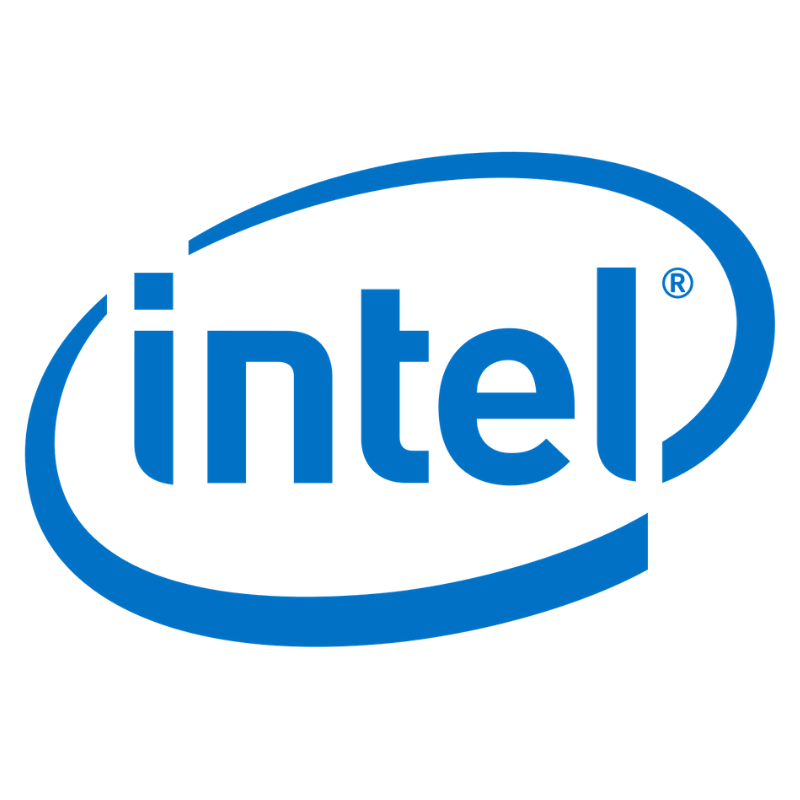Intel Corporation structures, trades, and retails computer units and similar commodities. The Company’s main commodities comprise microprocessors, chipsets, rooted processors and microcontrollers, flash memory, visual, network and transmission, systems administration software, conferencing, and digital imaging commodities.
In India, the business of Intel Corporation focuses on the protection of keys and sensitive data from attack within microprocessor architecture, integrated circuit packages with solder thermal interface materials with embedded particles, film bulk acoustic resonator (FBAR) devices for high-frequency RF filters, integrated circuit packages with asymmetric adhesion material regions, and apparatus, system, and method for efficient packet retransmission in a disaggregated GNB architecture.
Intel Corporation filed a patent application numbered 853/DEL/2010 that is titled POWER MANAGEMENT BASED ON AUTOMATIC WORKLOAD DETECTION. The patent has been filed in the field of Mechanical Engineering. This Patent Application has been granted as Patent Number 352893. This invention relates to an electronic device including a kernel, a power manager to control power to a hardware component, and a neural network to monitor the kernel to identify the actions of a function of the electronic device. The neural network sends a signal to the power manager to reduce or turn off power to the hardware component based on information generated during monitoring of the kernel. The data can offer an indication of hit icons for hardware ingredients to be powered and/or hardware elements that do not need power founded on one or more operations undertaken by the kernel.
During the patent examination, the Patent Examiner raised objections under Section 3(k) of the Patents Act, 1970 stating that the Device/system Claims do not have any structural features hence these instructions are computer programs per se. Software features (corresponds to the delivered confirmation message, etc. are computer instructions) are not altering the effect of hardware. Though the claims have been drafted as the apparatus claims, yet they are oriented towards ‘‘a method of reducing latency in wireless communication” which are standard, algorithmic, and generic in nature. Hence, they fall within the scope of the meaning of “computer program per se” and “Algorithm” of section 3(k) of the Patents Act (as amended) and as such are not allowable.
As a response, the Applicant submitted that new claims have been added which defines the apparatus and therefore the subject matter is not a mere set of instructions i.e. an algorithm or computer program per se but rather is an improvement to an apparatus or system in order to improve its working efficiency.
Advocate Rahul Dev is a Patent Attorney & International Business Lawyer practicing Technology, Intellectual Property & Corporate Laws. He is reachable at rd (at) patentbusinesslawyer (dot) com & @rdpatentlawyer on Twitter.
Quoted in and contributed to 50+ national & international publications (Bloomberg, FirstPost, SwissInfo, Outlook Money, Yahoo News, Times of India, Economic Times, Business Standard, Quartz, Global Legal Post, International Bar Association, LawAsia, BioSpectrum Asia, Digital News Asia, e27, Leaders Speak, Entrepreneur India, VCCircle, AutoTech).
Regularly invited to speak at international & national platforms (conferences, TV channels, seminars, corporate trainings, government workshops) on technology, patents, business strategy, legal developments, leadership & management.

